There’s something truly magical about watching a bald eagle soar overhead – its massive wingspan cutting through the sky, that distinctive white head gleaming in the sunlight like nature’s own crown. It’s one of those moments that makes you pause, whether you’re an experienced birdwatcher or just someone lucky enough to spot America’s national bird in action. But here’s the thing that might surprise you: the U.S. Fish and Wildlife Service estimated that the bald eagle population in the lower 48 states (for the period 2018-2019) totaled 316,700 individuals, of which 71,467 were breeding pairs. That’s incredible when you consider that bald eagles once teetered on the brink of extinction, reaching an all-time low of 417 known nesting pairs in 1963 in the lower 48 states. Yet despite this remarkable comeback, these magnificent birds still face real threats that could jeopardize their future – and that’s where we come in.
12. Eliminate Lead From Your Hunting and Fishing Activities

Let’s start with one of the biggest killers that most people don’t even realize exists – lead poisoning. Different species of eagles have been shown to be seriously impacted by lead ammunition ingestion across the holarctic, and it’s not just a minor issue. Eagles can accidentally eat lead fragments found in the gut piles and carcasses of deer harvested with lead ammunition, which leads to a slow, painful death. The good news is that switching to non-toxic alternatives is easier than ever before. There are also many non-toxic alternatives for lead fishing weights. Metals, such as steel, brass and tungsten, are produced in an array of sizes and types. Think of it like upgrading your phone – at first it seems unnecessary, but once you make the switch, you realize how much better the new version actually is. In the USA, the Bald Eagle numbers have shown a progressive recovery, due both to the prohibition of harmful pesticides and the nationwide ban on lead ammunition since 1991. Your choice of ammunition and tackle literally determines whether an eagle lives or dies – that kind of power comes with responsibility.
11. Report Nest Disturbances to Wildlife Authorities

Picture this scenario: you’re out for a weekend hike and you spot what looks like construction equipment near a massive eagle nest. What do you do? Notify your local state wildlife agency if you notice a disturbance of an eagle nest habitat area by an individual or a corporation. This isn’t about being a busybody – it’s about being an advocate for creatures that can’t speak for themselves. Your most valuable resource in making a case against any potentially threatening development/activity is thorough documentation. Pictures and videos make for great visual proof. Annual records that document nesting activity or roosting/foraging/wintering activity indicate long-term, previous use of an area by bald eagles. Think of yourself as a detective gathering evidence that could save an entire eagle family. Sometimes developers genuinely don’t know about nearby nests, and a polite heads-up can prevent a catastrophe before it happens. Report a new or previously undocumented bald eagle nest location to the Audubon EagleWatch Program – your observation could be the missing piece that helps protect a critical habitat area.
10. Maintain Safe Distances From Eagle Nests and Roosting Sites

Eagles might look tough, but they’re surprisingly sensitive to human activity, especially during breeding season. Keep safe distances from their nests and roost site so as not to disturb eagles, because what seems like harmless bird-watching to you could actually cause them to abandon their nest entirely. For the safest and least intrusive viewing experience, please follow Eagle Watching Etiquette when observing or photographing eagles. It’s like respecting someone’s personal space, except the stakes are much higher – we’re talking about the survival of their offspring. The National Bald Eagle Management Guidelines (2007) are intended to help landowners, land managers, and others who share public and private lands with bald eagles identify and minimize disturbance to bald eagles, thereby benefiting bald eagles while protecting landowners. The U.S. Fish and Wildlife Service (Service) strongly encourages following these guidelines around bald eagle nests. The general rule of thumb is to stay at least 330 feet away from an active nest, but that distance should increase to 660 feet during critical nesting periods. Think of it as giving eagles their own privacy bubble – they’ve earned it after nearly going extinct.
9. Support Smart Renewable Energy Development
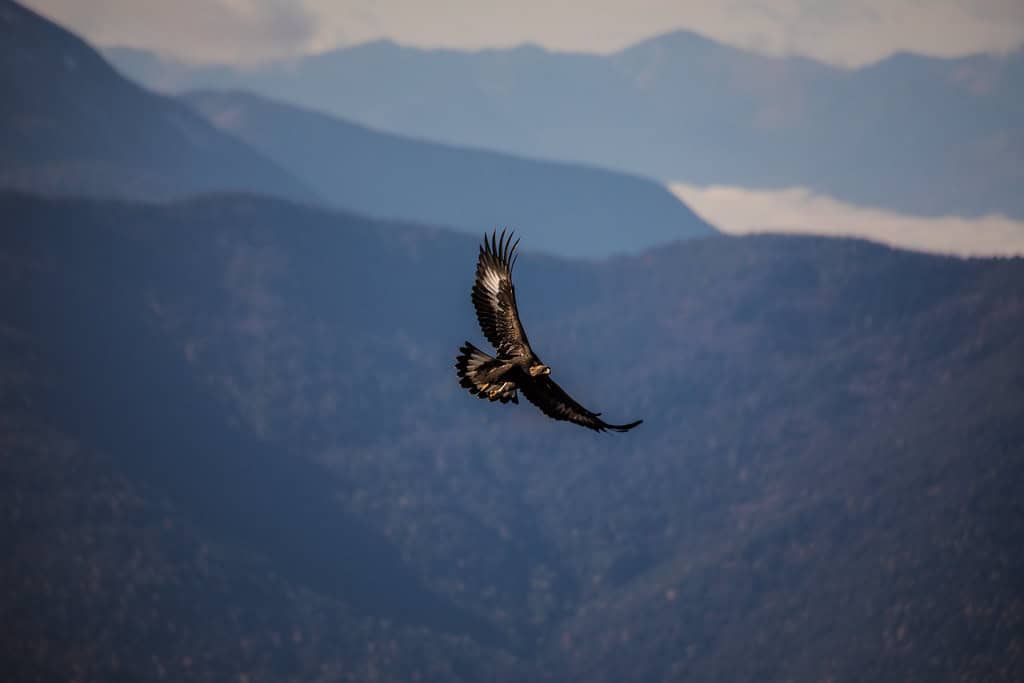
Here’s where things get interesting – we need clean energy to fight climate change, but we also need to protect eagles from wind turbines. It’s not an either-or situation, though. “Smart from the Start” renewable energy siting. “Smart from the Start” planning ensures that renewable energy facilities are built in the right places that minimize the impact on wildlife and habitat. This means advocating for wind farms that avoid major migration routes and eagle nesting areas. we promote “Smart from the Start” renewable energy siting, to keep wind farms out of migratory pathways and promote innovative technology that deters eagles. It’s like planning a highway – you wouldn’t build it through a school playground, so why put wind turbines directly in an eagle superhighway? The technology exists to make renewable energy wildlife-friendly; we just need to demand that companies use it. As wind energy replaces carbon-emitting fossil fuels, careful turbine siting and innovative technology promise to protect eagles and other birds and the ecosystems on which they depend. Supporting companies that prioritize wildlife protection sends a clear market signal that consumers care about more than just the bottom line.
8. Participate in Habitat Cleanup Activities

Eagles are basically nature’s recycling experts – they’ll eat just about anything, including carrion and fish scraps. But that opportunistic appetite can get them into trouble when human garbage enters the equation. Adopt “No Trace” ethics and organize clean-up activities in eagle habitat, because a clean environment is a safe environment for these magnificent birds. Think about it like this: would you want to raise your kids in a neighborhood full of trash and hazardous waste? Eagles feel the same way about their nesting areas. Organizing or participating in habitat cleanups does double duty – it removes potential hazards while also raising awareness about eagle conservation in your community. Other wildlife enthusiasts can help by sharing information with their family and friends on the dangers of lead to wildlife. Every piece of trash you pick up, every bottle cap or fishing line you remove, could prevent an eagle from getting injured or poisoned. It’s amazing how something as simple as a community cleanup day can have ripple effects that benefit entire ecosystems.
7. Protect and Restore Wetland Habitats
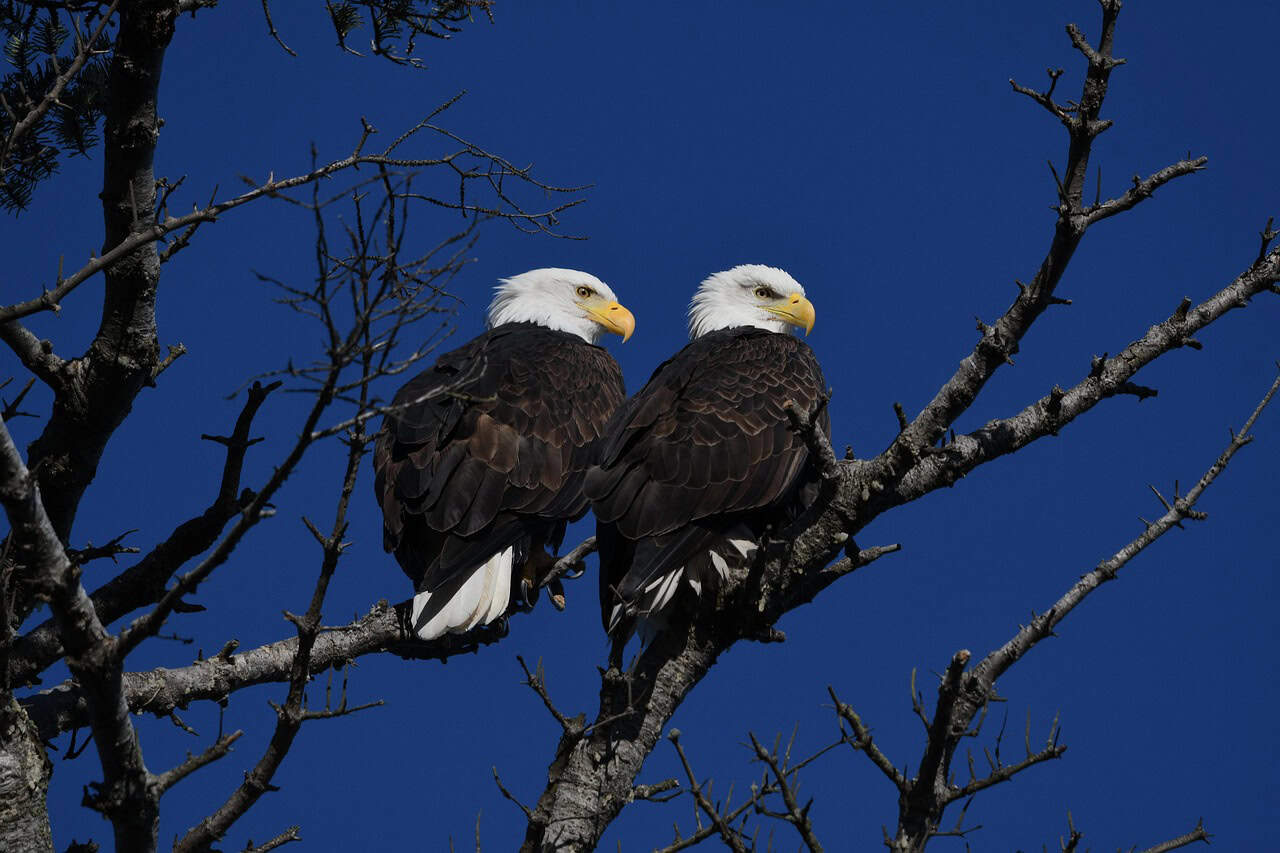
Eagles and water go together like peanut butter and jelly – they’re simply inseparable. They are found in wetlands, near rivers and lakes, or on the coast throughout North America, which means protecting wetlands is essentially protecting eagle real estate. The decrease and fragmentation of the wetland habitats preferred by eagles was also a major issue during their decline, and it continues to be a concern today. Supporting wetland restoration projects, either through volunteering or donations, directly benefits eagle populations. It’s like investing in prime real estate for eagles – except instead of making money, you’re helping ensure these incredible birds have places to hunt, nest, and raise their young. shielding critical eagle habitat from development and degradation, and protecting eagle nests during breeding season were key factors in their recovery. Wetlands also provide the fish that make up the bulk of an eagle’s diet, so protecting these areas is like ensuring their grocery stores stay open.
6. Advocate for Stronger Wildlife Protection Laws

Sometimes the best way to help eagles is to get involved in the political process, even if politics isn’t your favorite topic. Defenders is currently involved in protecting the Migratory Bird Treaty Act (MBTA) from those in power who want to weaken it. Secretary of the Interior David Bernhardt was instrumental in changing enforcement under the MBTA – allowing companies to forego practical best management practices to protect birds as they no longer face enforcement for failing to do so, and we are fighting this directive in court. Writing letters to your representatives, attending town halls, or supporting conservation organizations all make a difference. A critical combination of effective laws, enforcement, collaboration between the U.S. government and partners, and public support led to the bald eagle clawing back from the brink of extinction to a flourishing national population. Think of it as being part of a team – eagles can’t vote, so they need people like you to be their voice in the democratic process. State governments can enact state laws that afford more protection than Federal laws to conserve wildlife species. For example, bald eagles may be protected by a state endangered species law. Your involvement today could prevent the need for another emergency rescue mission in the future.
5. Support Organizations Dedicated to Eagle Conservation

You don’t have to be a wildlife biologist to make a real impact on eagle conservation – sometimes the most powerful thing you can do is support the experts who dedicate their lives to this work. Anyone can contribute to the ongoing success of bald eagle conservation by supporting organizations dedicated to wildlife protection, promoting responsible pesticide use and advocating for the preservation of natural habitats. You can also participate in local community initiatives and educate others about the importance of eagle conservation. If you have bald eagles in your area or find other wildlife that needs help, learn what to do if you find an injured animal. Think of it like supporting your local fire department – you hope you’ll never need their services, but you’re grateful they exist when emergencies happen. Organizations like the American Eagle Foundation, Defenders of Wildlife, and local wildlife rehabilitation centers are doing the heavy lifting of research, rescue, and education. Your donations, no matter the size, help fund everything from eagle medical care to habitat protection programs. Some organizations even offer adoption programs where you can symbolically adopt an eagle and follow its progress – it’s like having a feathered pen pal who depends on your support for survival.
4. Practice Responsible Wildlife Photography

Social media has made wildlife photography more popular than ever, but getting that perfect eagle shot can sometimes come at a terrible cost to the birds themselves. Do not disturb nesting eagles – this means no matter how much you want that Instagram-worthy photo, the eagle’s wellbeing comes first. The Act defines “take” as “pursue, shoot, shoot at, poison, wound, kill, capture, trap, collect, molest or disturb.” Regulations further define “disturb” as “to agitate or bother a bald or golden eagle to a degree that causes, or is likely to cause, based on the best scientific information available, 1) injury to an eagle, 2) a decrease in its productivity, by substantially interfering with normal breeding, feeding, or sheltering behavior, or 3) nest abandonment, by substantially interfering with normal breeding, feeding, or sheltering behavior”. Using telephoto lenses, keeping your distance, and never approaching nests are non-negotiable rules. Think of it like being a nature paparazzi with a conscience – you want the shot, but not at the expense of your subject’s safety. Federal and state laws prohibit killing, injuring, or disturbing bald and golden eagles without a permit. National guidelines issued by the USFWS recommend ways to avoid interfering with eagles while engaging in such activities as timber operations, construction projects and off-road vehicle use. Your photos can actually help with conservation efforts by documenting eagle behavior and locations, but only if they’re taken responsibly.
3. Educate Others About Eagle Conservation
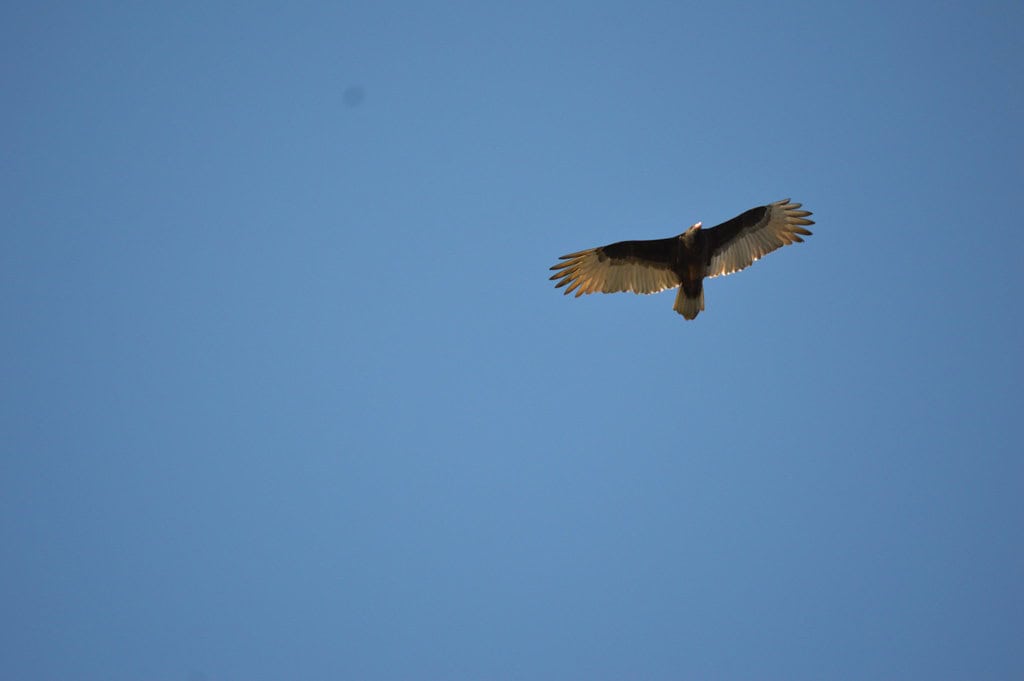
Knowledge is power, and when it comes to eagle conservation, spreading awareness can be just as important as direct action. The story of the American Bald Eagle’s return teaches us about the impact we have on our environment, and our responsibility to conserve our shared habitat. Share what you’ve learned about eagles with friends, family, and colleagues – you’d be surprised how many people don’t know that eagles were once nearly extinct or that they still face threats today. However, even though the eagle is no longer considered to be legally threatened, they still face many human-caused threats including lead pollution (from gun shot and fishing weights), poisoning, collision with motor vehicles and wind turbines, and electrocution by power lines. We must ensure that we protect the eagle against these threats and reckless development in their habitats. Consider giving presentations to local schools, nature clubs, or community groups. Kids especially love learning about eagles, and educating the next generation creates lifelong conservationists. The goal of the American Eagle Foundation is to empower hunters and fishermen with the knowledge and desire to hunt ethically and responsibly. Americans have the right to enjoy the sport of hunting, but we urge them to join us in protecting our Living symbol of Freedom by using alternative ammunition and fishing tackle that does not lead to the indirect lead poisoning of Bald Eagles and other birds of prey. Remember, changing minds often happens one conversation at a time.
2. Monitor and Report Injured or Dead Eagles
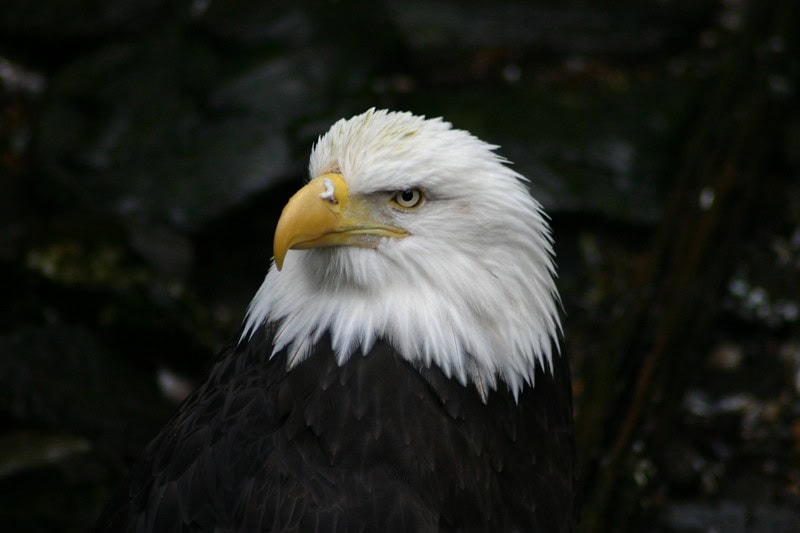
Sometimes being an eagle protector means dealing with the heartbreaking reality that not every story has a happy ending. If you find a dead or injured bald eagle, contact the FWC’s Wildlife Alert Hotline at 888-404-3922 or a local wildlife rehabilitator for assistance. Finding a sick or injured eagle can be devastating, but your quick action could mean the difference between life and death. Even if an eagle doesn’t survive, reporting it helps wildlife officials track threats and disease patterns that could affect other eagles. Taking individual reports of bald eagle sightings, nests, and communal roosts. The public can report data like this on iNaturalist, where WDFW and other agencies and researchers can access it when needed. Think of yourself as part of an early warning system – your observations contribute to a larger database that helps scientists understand eagle population trends and health. It’s like being a citizen scientist, except instead of studying stars, you’re helping track one of America’s most iconic species. Every report, whether it’s a healthy eagle or a concerning situation, adds valuable data to conservation efforts.
1. Become a Wildlife Habitat Steward on Your Own Property
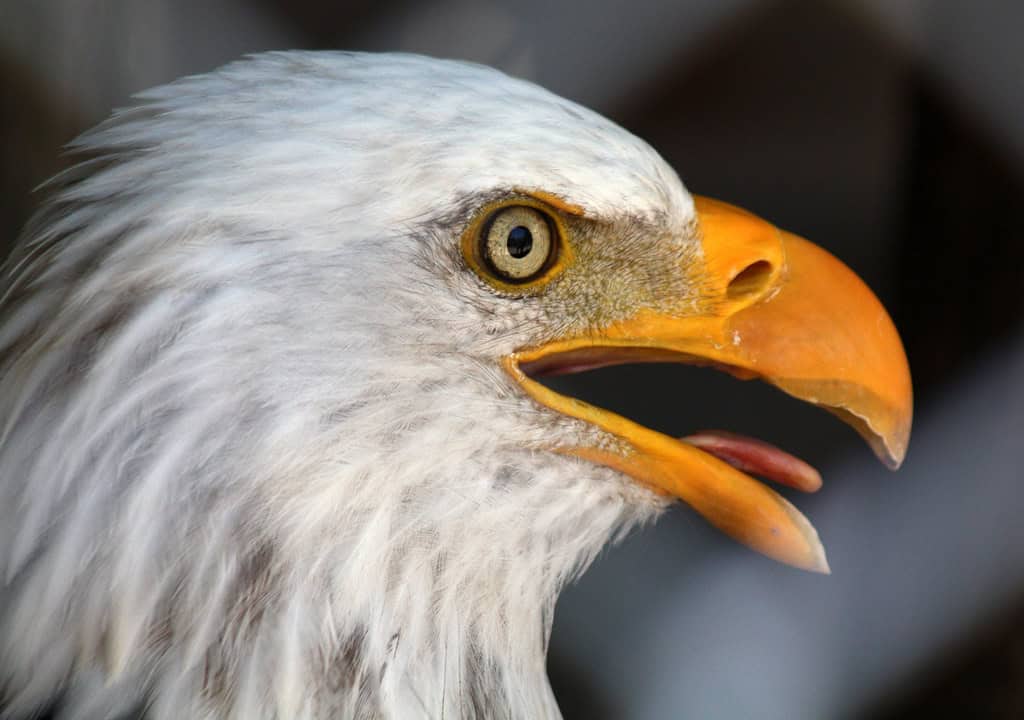
The most direct way to help eagles is to create and maintain habitat right where you live, whether that’s a suburban backyard, rural acreage, or even urban space. Habitat protection afforded by the Endangered Species Act, the federal government’s banning of DDT, and conservation actions taken by the American public have helped bald eagles make a remarkable recovery. If you live near water, consider creating fish-friendly environments that will attract eagles naturally – think of it as setting up a five-star restaurant that happens to cater to our national bird. Plant native trees that could serve as nesting or perching sites; eagles prefer tall, sturdy trees with commanding views of their territory. Because landownership does not impact eagles ( or lessen their protection), eagle disturbance permits are not needed to buy or sell land containing an eagle nest. Permits are recommended (but not required) if an activity is planned that may disturb eagles. Even small actions matter – reducing pesticide use on your property prevents contamination of the food chain that eagles depend on. While bald eagles are no longer classified as an endangered species, their future will nonetheless depend on human policies and activities. People can help to safeguard the species in several ways: Give eagles a wide berth: Federal and state laws prohibit killing, injuring, or disturbing bald and golden eagles without a permit. Your property might seem insignificant in the grand scheme of things, but eagles don’t recognize property lines – they just see habitat, and every acre of eagle-friendly space contributes to their survival.
Conclusion

The bald eagle’s recovery story is one of the greatest conservation successes in American history, proof that when people decide to act, incredible things can happen. The recovery of the bald eagle is one of the most well-known conservation success stories of all time. But success doesn’t mean the job is finished. Now that the bald eagle is no longer on the Endangered Species list, we must ensure it is adequately protected against reckless development and other threats that can disturb eagles and affect their survival. Every action you take, from switching to non-lead ammunition to simply educating a friend about eagle conservation, contributes to ensuring that future generations will experience the same awe you feel when watching an eagle soar. These magnificent birds survived near-extinction once, but they shouldn’t have to do it again.
- 12 Most Googled Creatures of the Deep Ocean - August 25, 2025
- 13 Most Aggressive Mammals in the Wild - August 24, 2025
- 10 Behaviors That Keep Eagles Healthy And 3 That Shorten Lifespan - August 24, 2025

